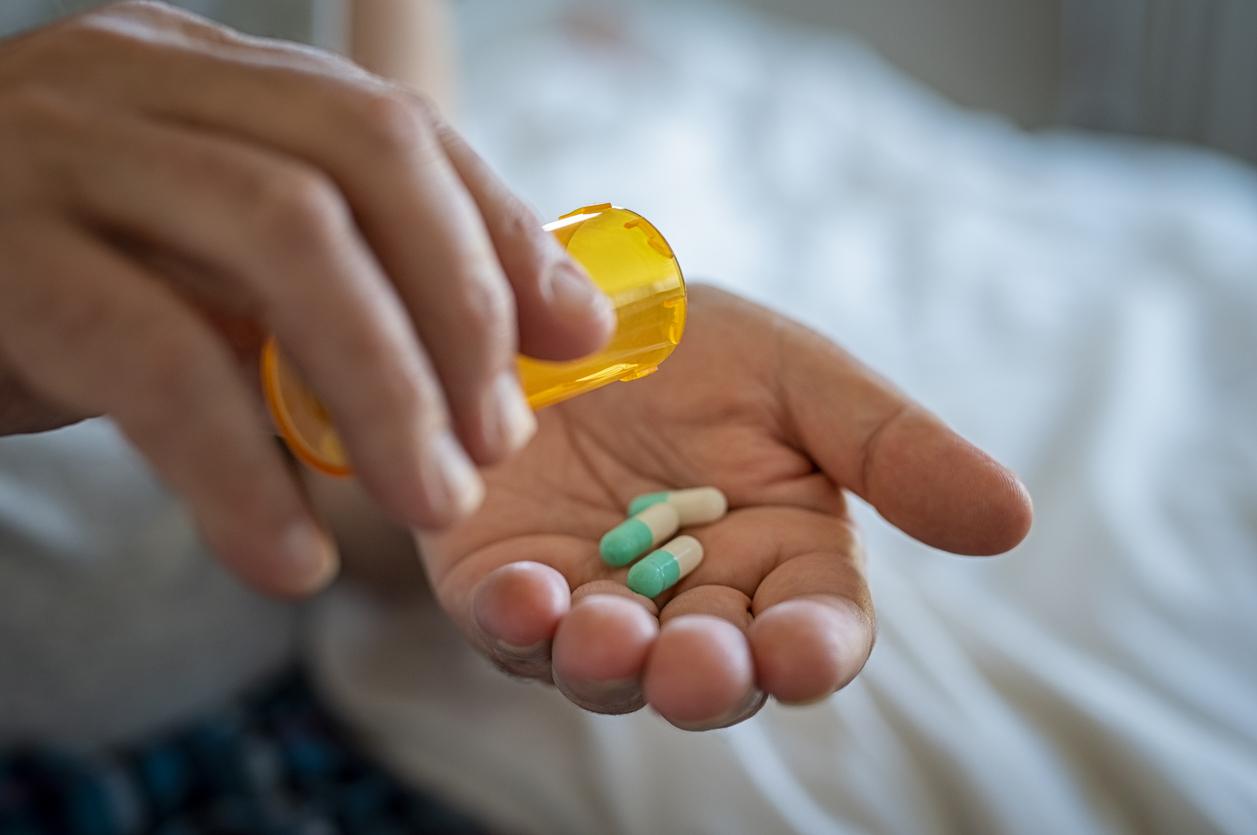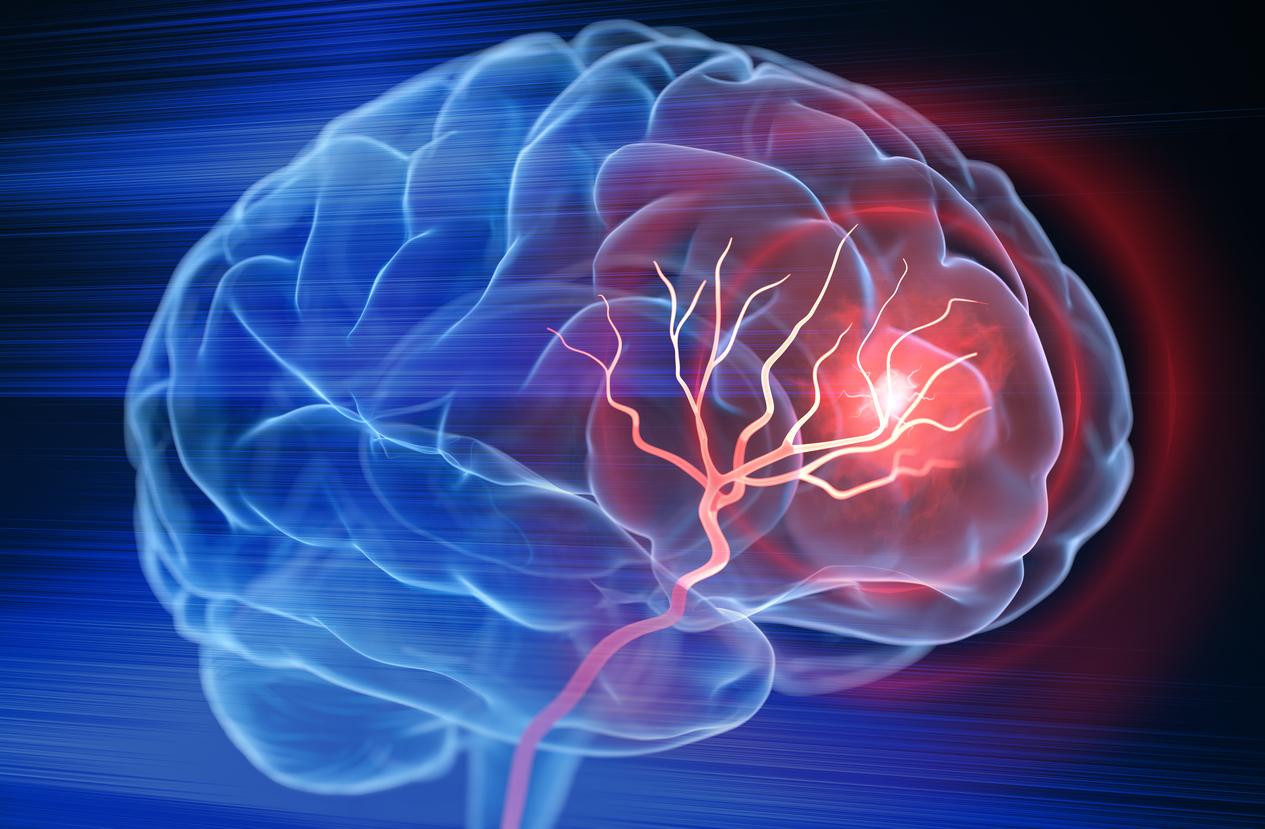Live from the European Congress on Addictions, the European Monitoring Center for Drugs and Drug Addiction (EMCDDA) is publishing its first guide on the strategies to be developed to remedy drug-related problems.

How to respond to the problems of elderly heroin addicts? How to fight against deaths caused by fentanyl and its extremely powerful derivatives? How to prevent the risks due to the consumption of alcohol and drugs at festivals and in clubs? Today, drug use confronts us with a complex and constantly changing set of problems. This is whyi The European Monitoring Center for Drugs and Drug Addiction (EMCDDA) is publishing a new guide today. It proposes health and social measures to be implemented from three different angles depending on the different types of drugs, consumption patterns, the diversity of groups (women, young people, migrants, aging drug users, etc.). It also takes into account the diversity of environments such as prisons, nightlife venues, festivals, schools, workplaces, local communities, etc.
Better manage overdoses
Of course, the guide assesses the progress already made in prevention and risk reduction such as the expansion of opioid substitution therapy, but it also highlights areas where there are other opportunities for improvement. The risk factors associated with fatal overdoses are now well known and notable advances are being made urgently, such as the administration of a molecule capable of neutralizing the effects of overdoses due to opiates, naloxone. However, the growing number of overdose deaths in Europe demonstrates the need to scale up these and other interventions that reduce the risk of opioid-related deaths.
But things change and quickly make the drug policies put in place obsolete, this new guide also underlines: it is necessary to show adaptability to, for example, the rapid emergence of new psychoactive substances, such as very powerful opioids or cannabinoids. of synthesis.
A constantly developing process
In parallel with these developments, research and studies are progressing and multiplying. A key message that emerges from this guide is that the use of scientifically validated data is a “process in constant development” and that it is essential to enrich the knowledge base through collaboration in research, monitoring and evaluation. sharing of good practices.
The health and social environment is essential in the field of addictology. This guide highlights the added value of partnerships between services dedicated to the fight against drugs and actors from other fields such as sexual or mental health care services, housing assistance services, etc.
Telehealth better than direct dialogue
The guide also encourages taking advantage of new technologies, with particular emphasis on telehealth interventions to provide advice on risk reduction, to train health care professionals and to reach out to vulnerable young people who may be reluctant to engage with them. official services.
Based on contributions from 30 countries, this guide entitled ” Health and social responses to drug problems: a European guide (Health and social responses to drug problems: a European guide) has been designed to provide assistance both to those who approach drug problems from the perspective of public health planning and to drug stakeholders and practitioners. First line.
As Alexis Goosdeel, director of the observatory, underlines, “ The Observatory aims to help decision-makers and practitioners in the planning and implementation of strategies and programs that contribute to improving health and safety in Europe. This practical guide provides them with valuable tools, not only for responding to drug problems today, but also for preparing for the challenges of tomorrow. By highlighting gaps in knowledge and practice as well as opportunities for improvement and development, it can serve as the basis for a roadmap in this area for years to come. “.
.

















